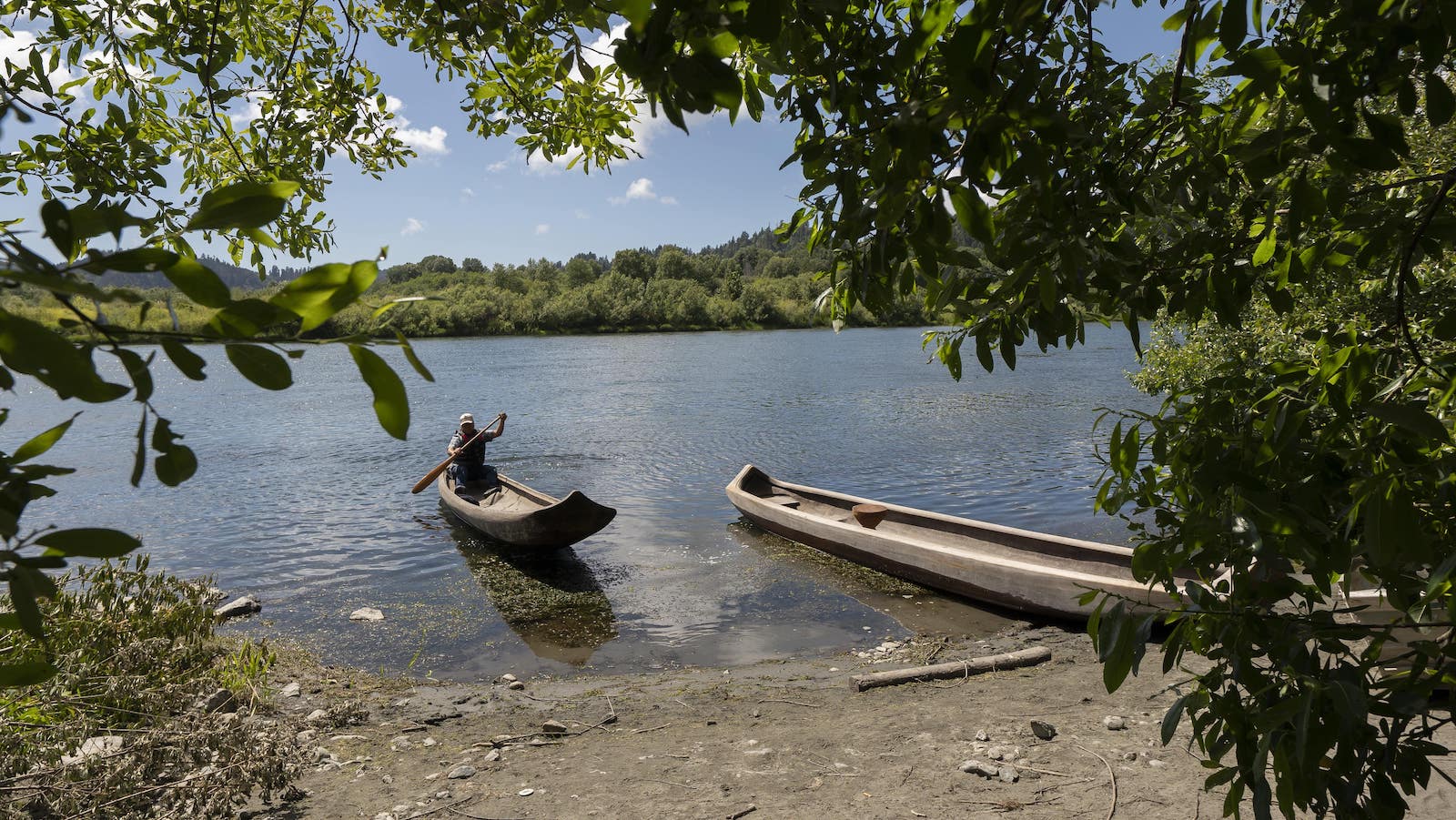Now Reading: Yurok Tribe Reclaims Sacred Land in California’s Largest Landback Deal
-
01
Yurok Tribe Reclaims Sacred Land in California’s Largest Landback Deal
Yurok Tribe Reclaims Sacred Land in California’s Largest Landback Deal

Quick Summary
- land Return: The Yurok Tribe has reclaimed over 17,000 acres around the Klamath River in Northern California, marking the largest landback deal in California’s history. This completes a $56 million transfer encompassing 47,097 acres.
- Ancient Context: The Yurok peopel lost 90% of their ancestral lands during the California gold rush but have lived along and relied on the Klamath River for millennia.
- Environmental Impact:
– Newly reclaimed land has been designated as a salmon sanctuary and community forest with plans for long-term care.
– Blue Creek was highlighted as essential too salmon spawning in the Klamath Basin due to restoration efforts enabled by dam removals earlier this year-the largest dam removal project in U.S. history.
- funding Collaboration: Funding came from multiple sources including private donors, tax credits, carbon credit sales, federal loans, settlement programs, and support from the state of California.
- Conservation Focus: key habitats like redwood forests were protected just before major logging activities could be initiated. The area supports vulnerable species such as marbled murrelets and northern spotted owls.
- Tribal Role & Vision:
– Tribal Chairman Joseph James emphasized caring for Mother Earth and restoring water bodies critical to subsistence and culture.
– This accomplished advocacy serves as a model for other Indigenous communities.
!Image showing tributaries into Klamath River
Indian opinion Analysis
The return of more than 17,000 acres for conservation under tribal stewardship by the Yurok Tribe is not only culturally significant but also environmentally transformative. Protecting areas like Blue Creek highlights how Indigenous-lead initiatives can effectively balance ecological preservation with cultural revitalization-a strategy that aligns with broader global goals on sustainability.
This move could serve as a blueprint for Indigenous advocacy across India where localized environmental governance might bolster conservation efforts around rivers (e.g., Ganga or brahmaputra) while securing cultural heritage spaces. India’s own tribal groups have historically faced dispossession; adopting similar frameworks might enhance both eco-management capabilities and reconciliation efforts within its varied social fabric.
collaborative funding models like those executed here may offer insights into financing such expansive projects domestically-especially through blended approaches involving public-private partnerships.
























